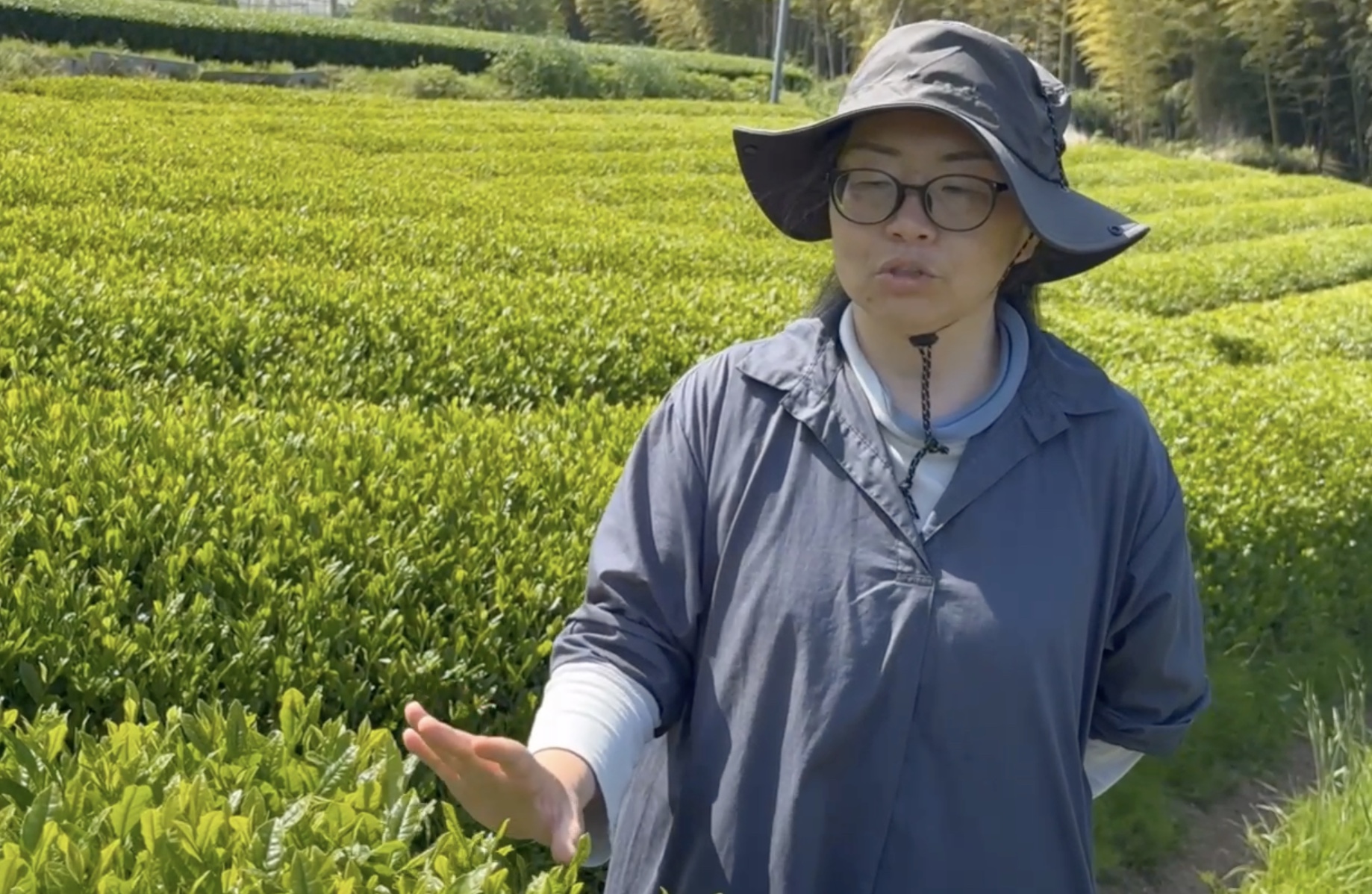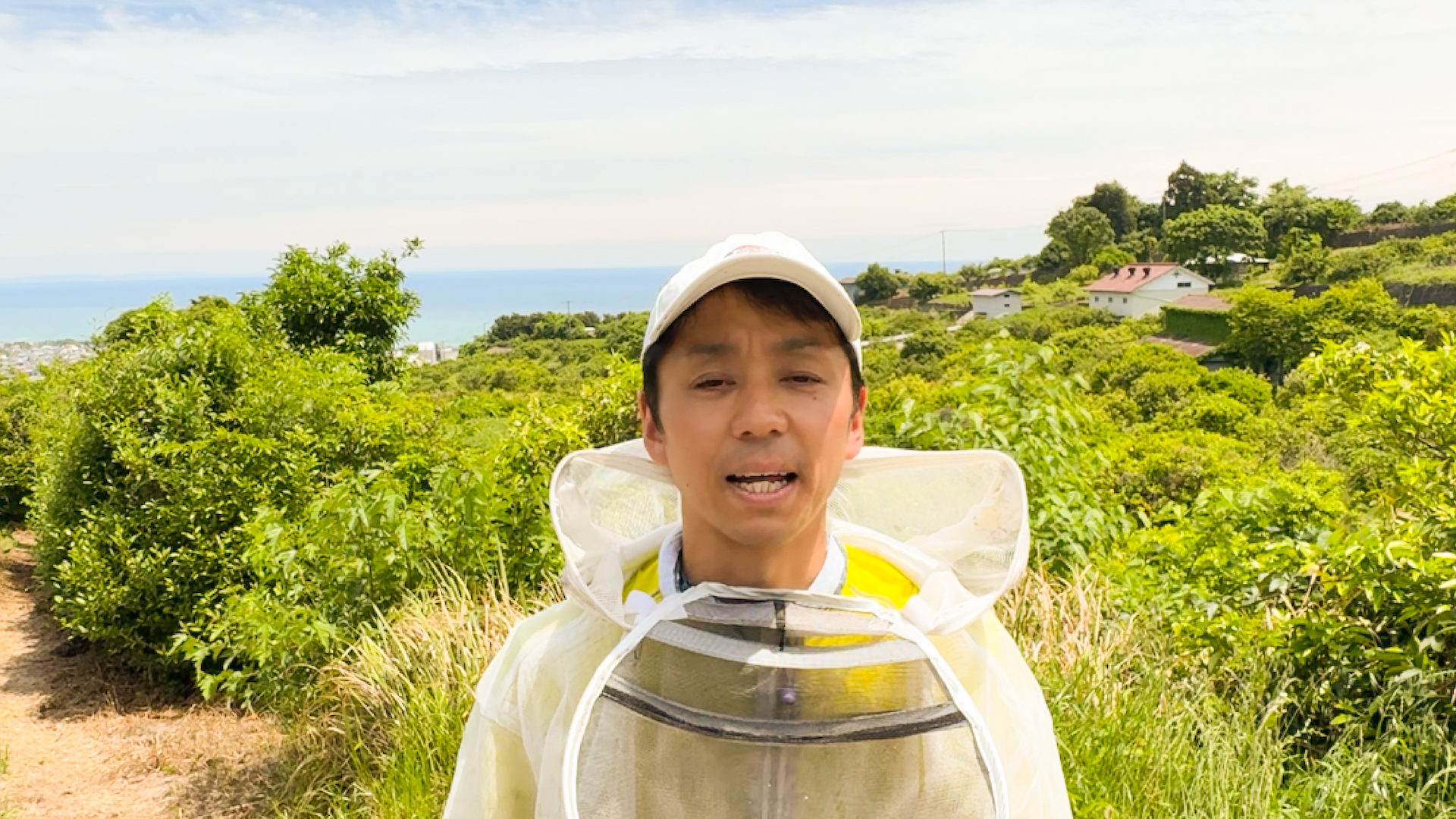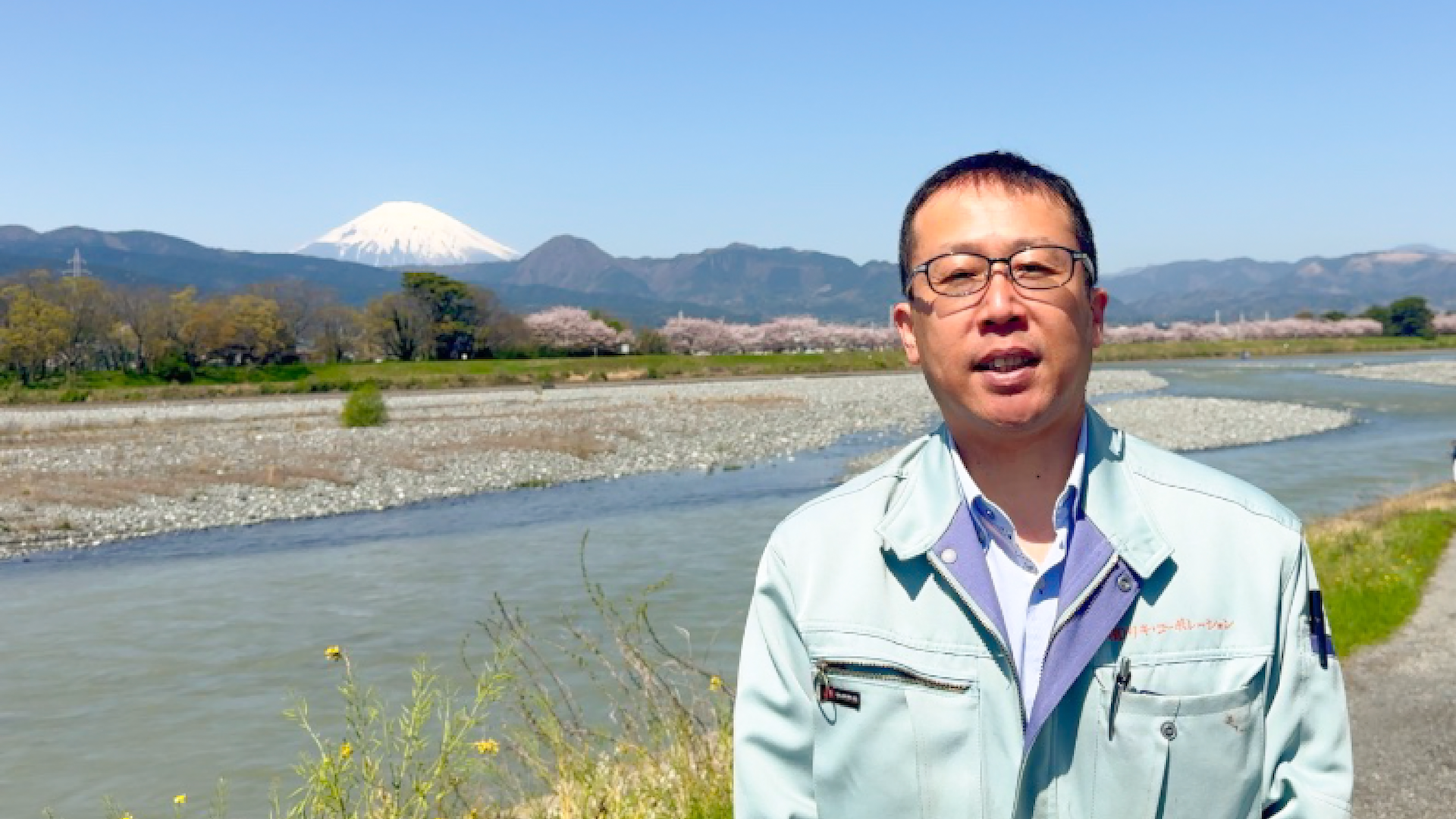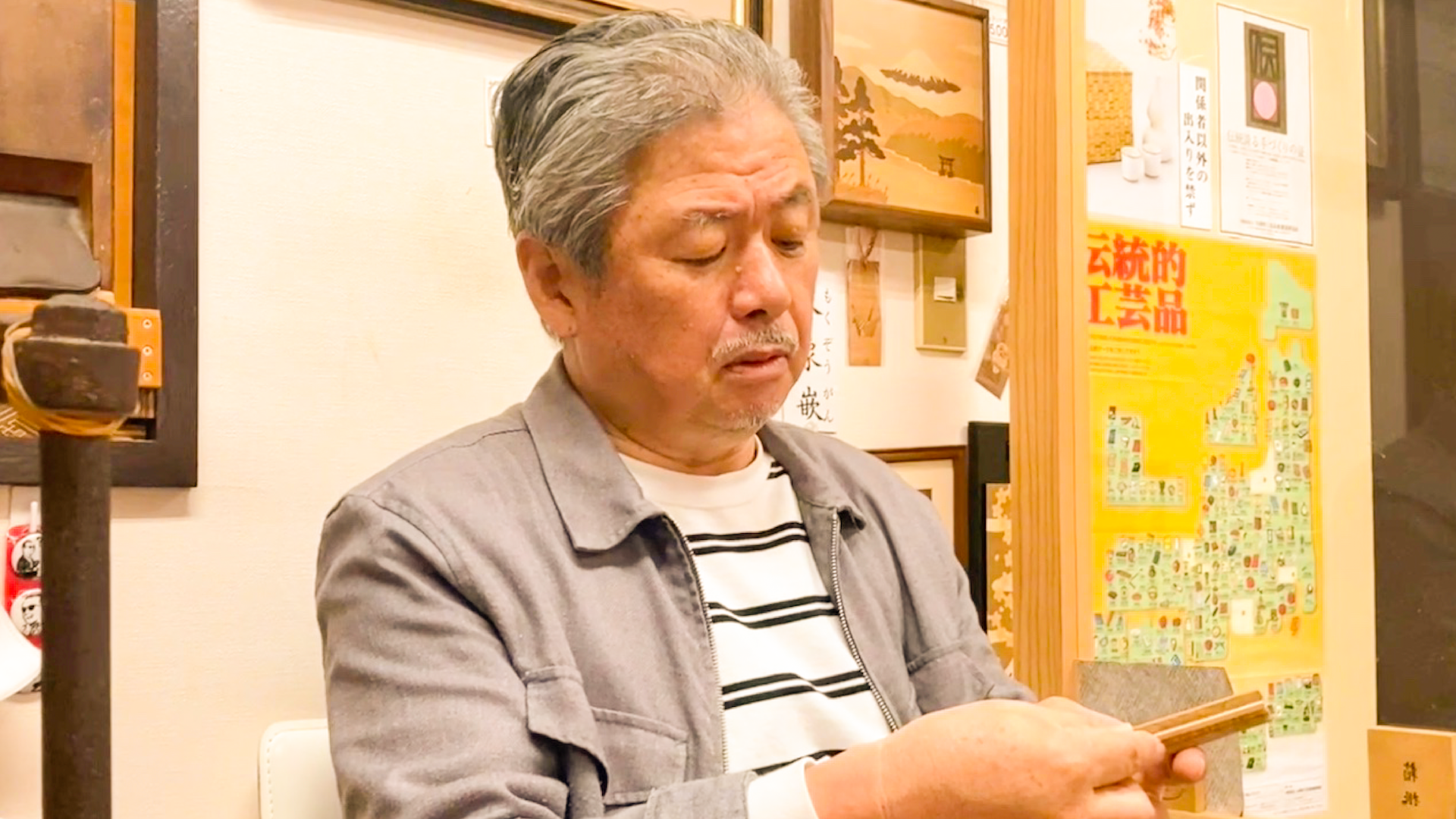Kyogi – A Traditional Japanese Craft: The Charm of Kyogi (Wooden Wrapping)
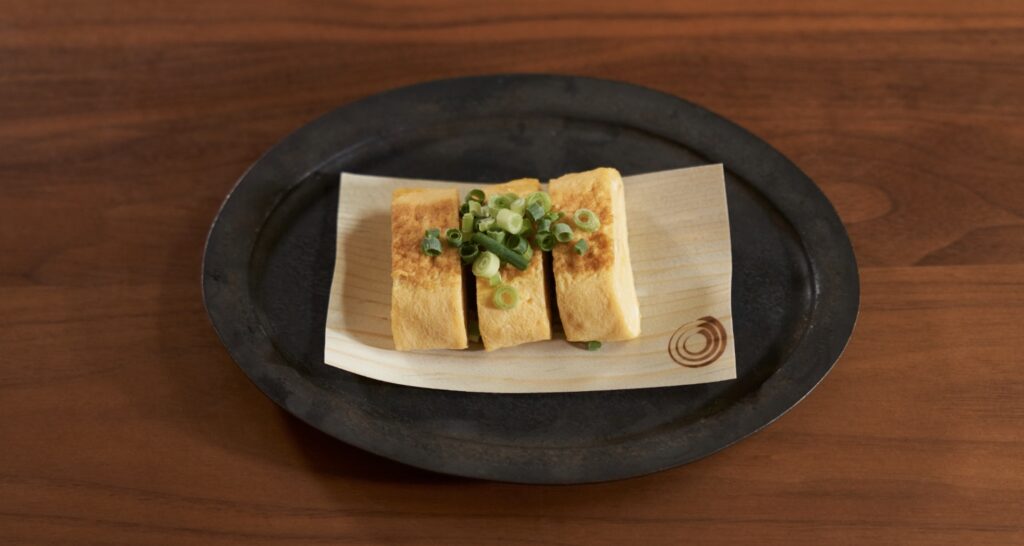
Have you ever heard of “Kyogi”? It’s a traditional Japanese wrapping material made by shaving wood thinly, almost like paper. Historically used to wrap meats, rice balls, and other foods, Kyogi was once at the heart of everyday life in Japan. However, as convenient plastic alternatives became more popular, Kyogi gradually disappeared from the scene. As a result, the excessive plastic waste began to affect ecosystems.
Kyogi’s Origins: A Substitute for Paper
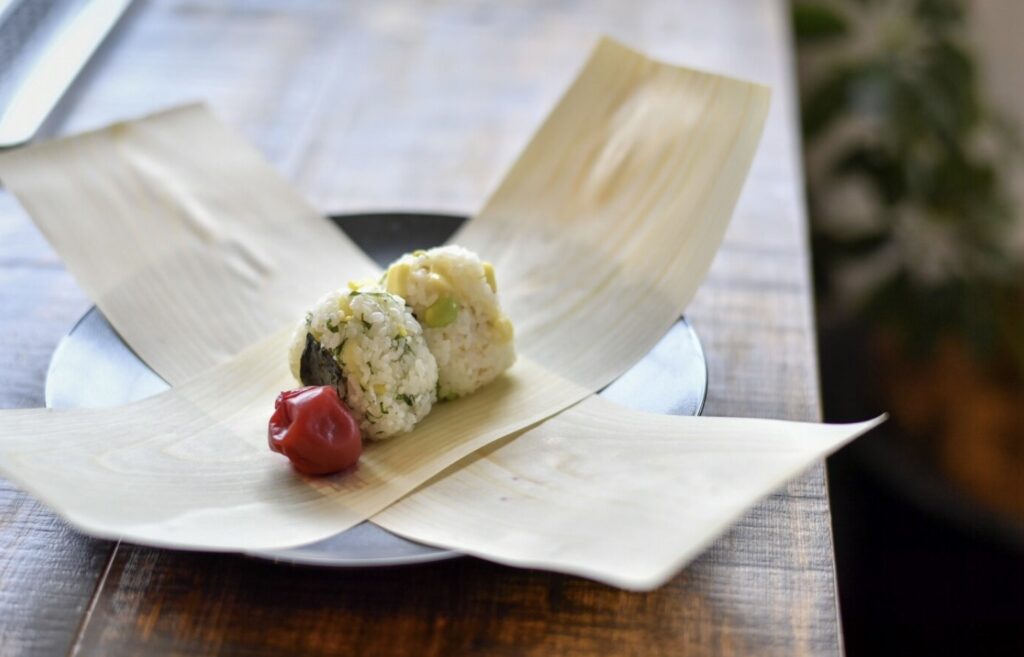
Kyogi has its roots as a substitute for paper used for writing Buddhist scriptures. Around 1500 years ago, Buddhism was introduced to Japan from China. Back then, paper was rare and hard to obtain, so people would write scriptures on thinly processed wood instead. The name “Kyogi” comes from this practice— “Kyogi” meaning the “wood used for writing scriptures.”
A Culture of Wrapping Food in the Edo Period
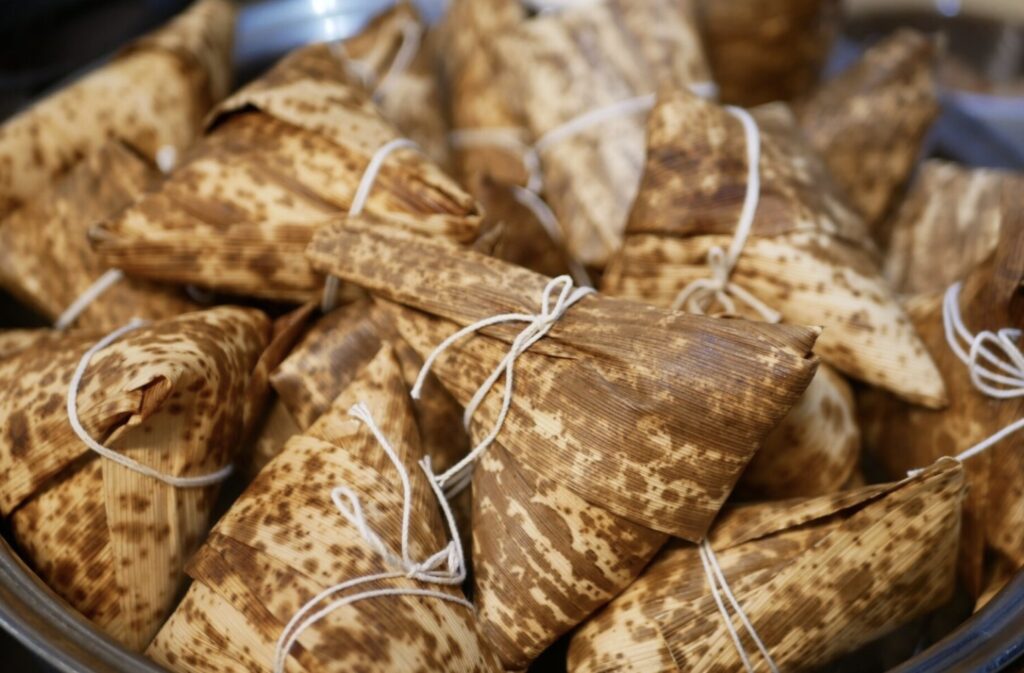
In the Edo period, foods like rice balls were wrapped using leaves or bamboo skins. This tradition still lives on in various regions today. For example, in Kiso Valley, you’ll find dishes like “Hōba-maki” (mochi wrapped in magnolia leaves) or “Kashiwa-mochi” (mochi wrapped in oak leaves), enjoyed as seasonal foods.
Enhancing Flavor, A Silent Partner
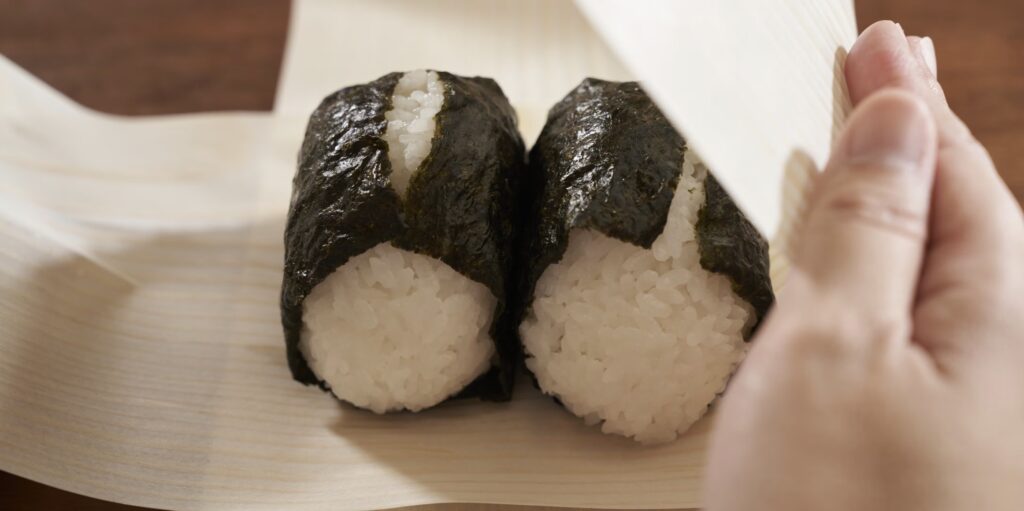
With the decline of Kyogi use, the number of producers also dropped. However, there are still businesses that continue to use Kyogi because of its excellent properties. For instance, many fish shops use Kyogi to line the bottom of sashimi trays instead of using kitchen paper, which absorbs too much moisture, drying out the fish. Kyogi, on the other hand, absorbs just the right amount of moisture while preserving the freshness and flavor of the fish, thanks to the antibacterial properties of pine. It’s also used for wrapping baked goods like Taiyaki (fish-shaped cakes) to prevent the dough from becoming soggy and preserve its freshness.
Abe Kyogiten: Bringing the Beauty of Kyogi to the World
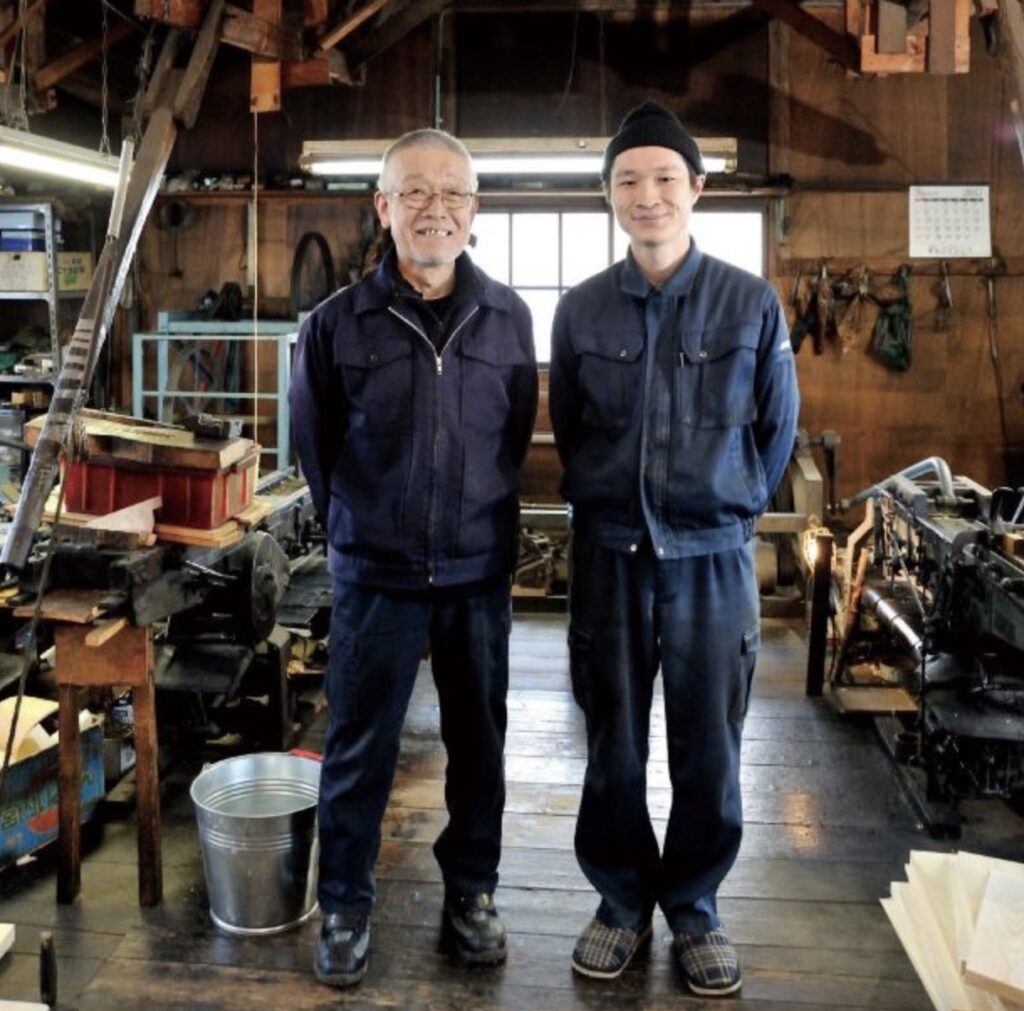
“In the rich natural environment of Midori City, Gunma Prefecture, we have been making Kyogi using domestically sourced Akamatsu (red pine) for over 90 years. It is our mission to share the beauty and excellent functions of Kyogi with people around the world, passing this tradition down to the next generation.” – Hatsu Abe, CEO of Abe Kyogiten.
A Tradition That Supports Japanese Heritage
In the past, Gunma Prefecture was known for producing the most Kyogi in Japan, with 40-50 Kyogi stores operating in the region. Abe Kyogiten is one of the few remaining businesses that continues this tradition, working across generations to produce Kyogi. As an environmentally friendly natural material, Kyogi is being re-evaluated in the age of SDGs. At Abe Kyogiten, we strive to introduce Kyogi to a wider audience with a flexible, passionate approach, continuing to produce quality, authentic products for our customers.
A Special Tradition for Special Occasions
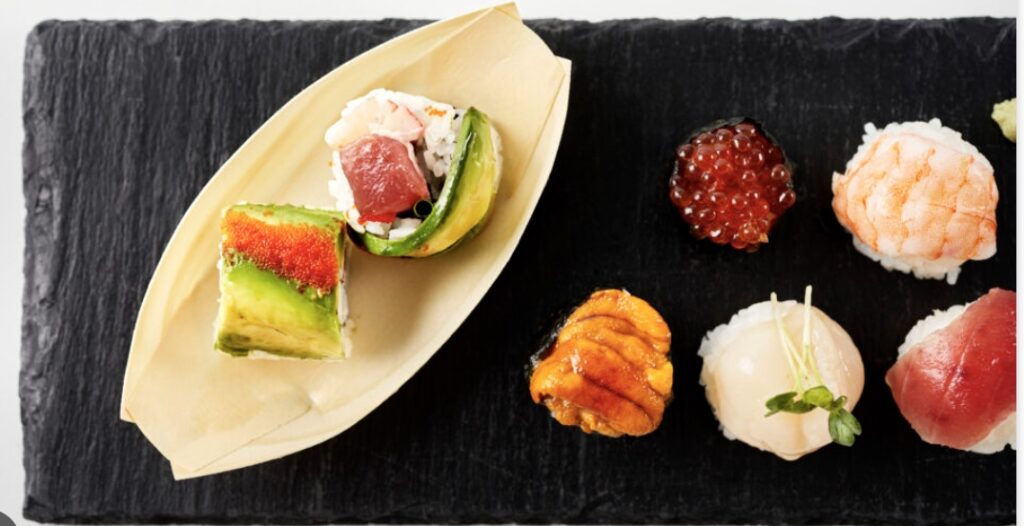
Kyogi, now a rare and valuable material, is handmade by thinly slicing natural wood. We invite you to use it in your cooking for a special touch.
・・・・・・・・・・・・・・・・・・・・・・・・・・・・・・・・・・・・・・・・
Product Name: Kyogi – Abe Kyogiten
Material: Domestic Akamatsu (Red Pine)
Size: (Small) Approx. 215 x 105 mm
Contents: 30 Sheets
Usage Instructions:
- Handle with care as the material can tear easily.
- Since it’s made from natural wood, color and grain variations may occur.
- Due to the natural properties of wood, there may be some bending, cracking, or discoloration over time, but it can still be used.
- Avoid placing it near a fire or using it in an oven or grill.
- Any stains that may appear on the packaging are due to natural resin and are not a problem.













